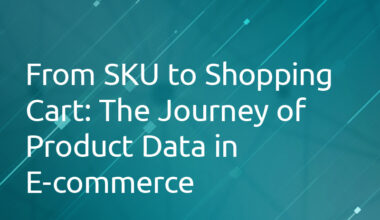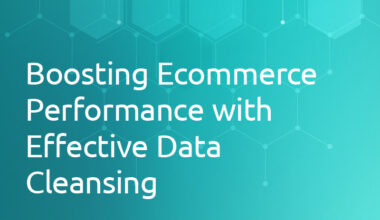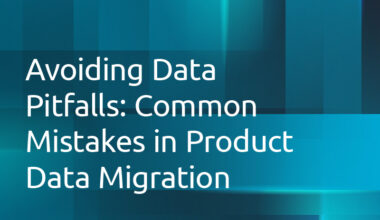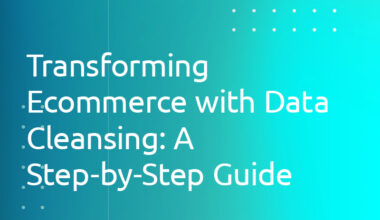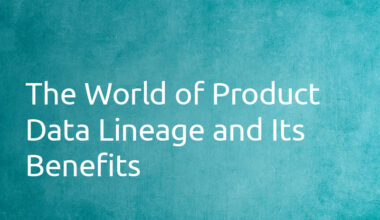For ecommerce businesses, making data-driven decisions has become non-negotiable. Retailers are deluged with a myriad of data points daily, from sales figures to customer reviews. However, merely having access to this data isn’t enough. To harness its full power, ecommerce businesses must venture into the world of data aggregation. This guide sheds light on data aggregation in the retail sector, its significance, and its potential to reshape the way ecommerce businesses operate.
Defining Data Aggregation
Data aggregation refers to the process of collecting and compiling data from different sources into a singular, coherent, and usable format. In the context of retail, this could mean combining data from inventory systems, point-of-sale terminals, online sales channels, and customer feedback platforms, among others.
Why Data Aggregation Matters in Ecommerce
1. Holistic View of Operations: Aggregating data provides ecommerce businesses with a comprehensive picture of their operations. By viewing data from all sources in tandem, retailers can spot trends, identify operational bottlenecks, and forecast more accurately.
2. Enhanced Customer Insights: By aggregating customer data, retailers can gain a deeper understanding of their consumers’ preferences, behaviors, and buying patterns. This knowledge can be leveraged to tailor marketing campaigns and improve the shopping experience.
3. Streamlined Inventory Management: Aggregating inventory data from various sales channels ensures that retailers maintain optimal stock levels, reducing the risks of overstocking or stockouts.
4. Facilitated Financial Analysis: Combining sales, expenditure, and other financial data facilitates a more straightforward and accurate financial analysis, aiding in budgeting and forecasting efforts.
Implementing Data Aggregation: Best Practices
– Leverage Technology: Ecommerce businesses should invest in robust data aggregation tools or platforms that can handle large volumes of data from diverse sources.
– Prioritize Data Quality: Aggregating low-quality or inaccurate data defeats the purpose. Businesses should put protocols in place to ensure that the data being aggregated is accurate and up-to-date.
– Stay Compliant: With the aggregation of consumer data comes the responsibility to ensure privacy and adhere to relevant data protection regulations, like GDPR or CCPA.
– Continuous Monitoring: The ecommerce landscape is continually evolving. Regularly monitor and update the aggregation processes to account for new data sources or changes in existing ones.
Challenges of Data Aggregation in Retail
While its benefits are clear, data aggregation does pose certain challenges:
1. Integration Issues: Not all data sources might be compatible with aggregation tools, requiring manual interventions or custom integrations.
2. Data Security: Aggregated data, especially customer data, can be a prime target for cyberattacks. Ensuring the security of this data is paramount.
3. Data Overload: Aggregating vast amounts of data can be overwhelming. Retailers must ensure they have the tools and expertise to interpret aggregated data meaningfully.
In ecommerce, staying ahead of the curve necessitates more than just collecting data; it requires a deep understanding of it. Data aggregation serves as a bridge between raw data and actionable insights. By recognizing its importance and implementing it effectively, ecommerce businesses can unlock new avenues of growth, streamline operations, and offer unparalleled customer experiences.
Learn all about product data aggregation and how we handle it here.
 1.416.619.5349 Ext.325
1.416.619.5349 Ext.325 



